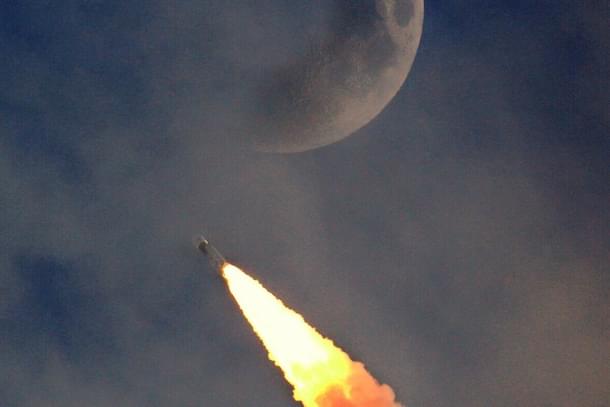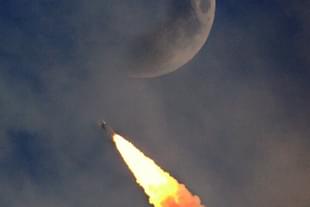Science
A Good Day For Space Exploration — Modi Government Approves Four New Missions For ISRO
Swarajya Staff
Sep 18, 2024, 06:13 PM | Updated 06:25 PM IST
Save & read from anywhere!
Bookmark stories for easy access on any device or the Swarajya app.


It’s a great day for space enthusiasts and the Indian Space Research Organisation (ISRO).
A year after the success of the Chandrayaan-3 moon landing, the Narendra Modi government has set new ambitions in space with the approval of four major programmes — Bharatiya Antariksha Station, Venus Orbiter Mission, Next Generation Launch Vehicle, and Chandrayaan-4.
1) Bharatiya Antariksha Station
The government has approved the development of the Bharatiya Antariksha Station (BAS-1) as part of the Gaganyaan Programme, expanding its scope to include missions for building and operating BAS. The revised programme now includes additional missions to validate technologies required for the space station, along with an extra uncrewed mission.
BAS-1 is planned for completion by 2028, and Gaganyaan will continue with its goal of human spaceflight to Low Earth Orbit. The long-term vision includes launching an operational space station by 2035 and a crewed lunar mission by 2040.
The total funding for the Gaganyaan Programme has now been enhanced to Rs 20,193 crore, including a net addition of Rs 11,170 crore to support these developments.
2) Venus Orbiter Mission
After Moon and Mars, India will now set its sights on Venus with the new Venus Orbiter Mission (VOM). The Cabinet has approved the VOM, which aims to explore Venus and provide insights into its surface, atmosphere, and its transformation from a potentially habitable planet.
ISRO will handle the spacecraft's development and launch, with the mission expected to commence in March 2028. With an approved budget of Rs 1,236 crore, this will be India's second inter-planetary mission after the Moon Orbiter Mission.
3) Next Generation Launch Vehicle
The government also greenlit the development of the Next Generation Launch Vehicle (NGLV). This new launch vehicle will be critical to India's plan to establish the Bharatiya Antariksha Station and aims for an Indian-crewed Moon landing by 2040.
The NGLV will offer a payload capacity three times greater than the current LVM3, with enhanced reusability and modular green propulsion systems designed to cut launch costs.
The new vehicle will have a maximum payload capability of 30 tonnes to Low Earth Orbit (LEO) and a reusable first stage. Development of the new launch vehicle will take place over the next eight years with three test flights planned.
The total funding approved for the NGLV project is Rs 8,240 crore, covering development, testing, facility setup, and launch operations.
4) Moon Sample Return Mission
ISRO will soon start work on a new Moon mission, Chandrayaan-4, aimed at developing and demonstrating the technologies required to return to Earth after a successful lunar landing. This mission will focus on landing on the Moon, collecting samples, and analysing them on Earth.
Chandrayaan-4 will lay the groundwork for India's planned crewed Moon landing by 2040, showcasing critical technologies for docking and undocking, landing, safe return to Earth, and lunar sample collection and analysis.
The mission is expected to be completed within 36 months of approval. The total funding approved for Chandrayaan-4 is Rs 2,104.06 crore.




